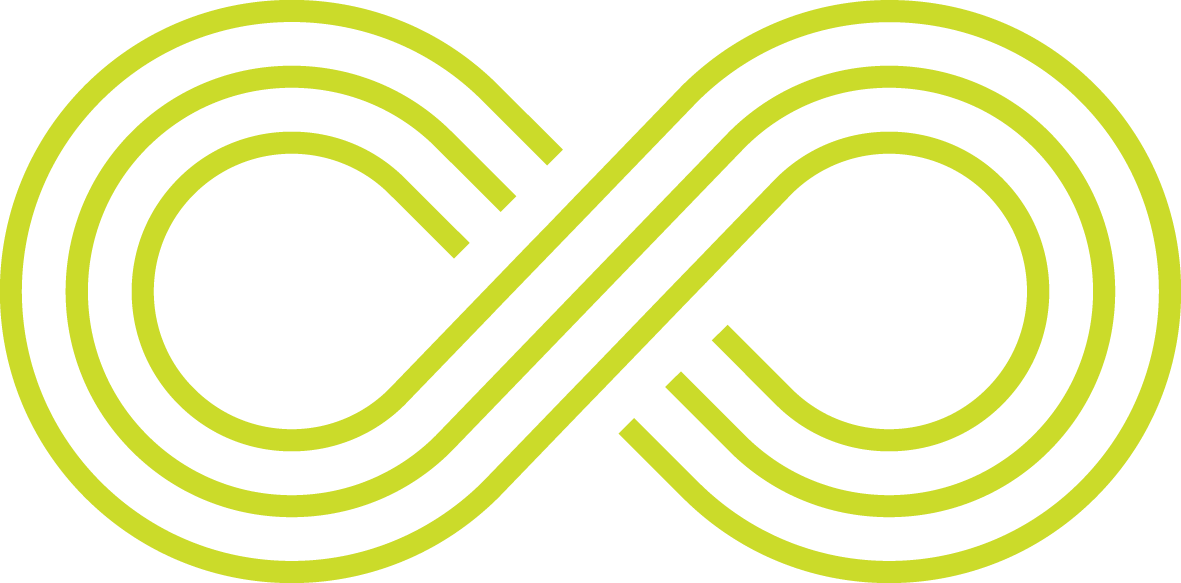Information
-
Conducted on
-
Site Address
-
Company Trading Name
-
Contractor Type
- Fencing
- Machinery Operator
- Plumber underground Services
- Slab base set up
- Concreter
- Framer
- Fix Carpenter
- Lockup Carpenter
- Roof Plumber
- Roof Tiler
- Electrician
- Plumber
- Wall Wrap
- Bricklayer
- Air Conditioning
- Solar Panel
- Alarm
- Insulation
- Plasterer
- Cabinetry
- Tiler
- Painter
- Renderer
- Carpet Layer
- Site Cleaner
- Caulking
- Other
-
Please write contractor Type
-
Construction Supervisor
-
Onsite Contractor Principle or Team Leader (person responsible to ensure the SWMS is communicated and implemented)
-
This Safe Work Method Statement is site specific. It documents the hazards associated with each step of a task and the control measures in place to minimise the risk to personnel, environment and property.
This form is intended to assist with the consultation process prior to the commencement the task. -
Photo of Contractor/s ID
-
comment
Site Safety Walk & Toolbox
-
Assess the site and work zone, conduct a walk of the site, consider hazards that may be present as part of the start up process and while the job is being completed. Consider other people in your team or others who may be on site, their activities, experience and health. Are there other tasks or equipment that will interact with the work zone during the shift? engage with others onsite to understand their scope of activities and a plan on how everyone will work together.
-
Site Walk/Assessment & Pre-start Toolbox - select the hazard/s present on site (take a photo of each one)
- weather conditions
- slip & trip
- Falls
- staff unsure of safety process in regards to their task
- interaction with onsite plant
- other contractors on site
- work that may impact other people on site
- unsafe work zone
- members of the public may be placed at risk
- footpath will be blocked/restricted
- other
-
Weather Conditions - secure all loose items in high winds and do not work at height, do not work on wet roofs or when raining, ensure equipment is secured.<br>On high temp days ensure ample hydration, work in shade , regular breaks.
-
High Wind/Gusts/Rain/Storms/Lighting - secure loose items to site at ground level, do not work on roof or elevated areas, do not use 240v powered tools or ladders in rain affected areas. High Heat Days - ensure a heat plan is in place, fluids, shelter, regular breaks, rotation of heavy work "Do not Work in enclosed roof space".
-
comments or additional controls
-
Please insert photo of hazard and once rectified
-
Slip and Trip - remove slip or trip hazards, if not possible relocate to alternate work zone and contact site supervisor for rectification.
-
Remove, relocate or managed any slip or trip hazard, if not possible barricade or highlight area to set up an exclusion zone and contact site supervisor.
-
comments or additional controls
-
Please insert photo of hazard before and after rectification
-
Falls - ensure barricades are in place when task is to be performed near an open edge at a minimum of 450 +450 above the first one, additional rails will be required if work on a ladder next to an open fall zone, stable base is used for ladders, void platforms are check prior to use/access, ladders secured, do not work within 2m of an unguarded open edge or void.
-
Work on ground as a first option or setup a work platform. Set up barricades where possible to isolate and manage fall zones, if not possible, set up an exclusion zone 2m from the open edge or void use bollards//tape//barrier to set up exclusion zones.
-
comments or additional controls
-
Please insert photo of hazard before and after rectification
-
Has a review of safe work processes with onsite staff been completed - toolbox task with team, assess new or young workers on commencement of task and periodically, ensure adequate supervision is maintained for new or inexperienced team members,<br>is everyone fit enough to complete the task.
-
comments or additional controls
-
Please insert photo of hazard before and after rectification
-
Is there mobile plant or other plant equipment on site (please answer yes if mobile plant is expected to be on site during the shift)
-
select the types of plant equipment on site
- Skid Steer
- Pump Truck
- Line Pump
- Crane Truck
- Delivery Truck
- Cement Mixer
- Hoist
- Drilling Rig
- other
-
Please complete plant check list if used as part of the task
- Clearance or isolation of electrical lines has been managed
- Public not placed at risk
- Set up on stable ground
- Frame ready statement completed by framers
- High risk licences/competency certificates checked
- Pre-start check completed
- Maintenance log available
- All lifting equipment checked
- Isolation/barricades in place
- Spotter in place
- No one working under lift zone
- All fall zones barricaded or platform in place
- Underneath loading area is supported
- Other
-
please describe additional controls in place
-
Interaction with plant - isolation , barriers, demarcation zone, from plant equipment on site eg: skid steer, crane, pump truck etc... and communication with operator to notify of presence and activity to be completed. Do not work in the same space as mobile plant equipment.
-
Please insert photo of hazard before and after rectification
-
Unsafe work zone - if safe re-work area to make safe, if not possible site supervisor is contacted to arrange rectification of area. No work is conducted in unsafe area.
-
Please insert photo of hazard before and after rectification
-
Are there other contractors on site - Engage with the contractors and review task activities and interaction points , ensure everyone is aware of each others hazards and they are controlled
-
comments or additional controls
-
ensure members of the public are isolated from onsite works, adequate barriers are in place, were required spotter to assist people not part of onsite works.
-
comments of additional controls
-
Ensure there is a spotter to assist pedestrians or approved traffic management in place.
-
Photo of control in place
-
Please describe hazard and appropriate controls
-
Please insert photo of hazard before and after rectification
-
comments or additional controls
-
Please insert photo of additional controls
Activities to set up and complete the Task
-
Site Set Up and Task Completion
- Manual Handling
- Electrical Leads
- Electrical Powered Tools
- Battery Powered Tools
- Ladders
- Nail Guns
- Miter Saw
- Hazardous Substance (includes all viscus or powdered material)
- PPE
- Sharp cutting tools
- Trestles
- Stilts
- Scaffolding
- Star Pickets
- Parking
- Material Management
- Public Safety
- Other
-
Heavy or Awkward manual handling tasks have been identified, these include repetitive tasks, repetitive working/lifting above shoulder height, lifting over obstacles in confined areas, movement of materials that may be exposed to high winds or wind gusts, working off a ladder for extended periods etc...
-
Electrical Leads - All leads are tested and tags are in date, ends not damaged no cuts or joins in cable, max 25m in length for 10amp leads, multiple leads are not joined together. RCD in power board is tested and in date (include daily push button test) leads exit through bottom of door and door is closed. Where RCD box is used monthly test for Vic and 3 monthly for other states.
-
Comments or Additional Controls
-
Please insert photos of leads, power board and RCD box
-
Select the power tools that will be used.
- Drill
- Circular Saw
- Miter Saw
- Auger
- Planer
- Mixer
- Heat gun
- Spray Gun
- Compressor
- Carpet Iron
- grinder
- Other
-
Use a battery powered option if available, where applicable manufacturers guarding is in place and functional, Where blades are used the teeth or tips are sharp and in good condition with no chips or missing teeth, dust extraction is in place for all miters saws and cutting room has been set up, where leads are run they are off the ground where practicable and do not pose a trip hazard, safety glasses and hearing protection is used as a minimum, for all cutting, grinding and drilling operations.
-
list type of tool and comment on how hazards associated with the tool will be managed
-
additional comments
-
Please insert photo of tools
-
Battery Powered Tools - Caution many battery tools have torque settings equal to and in some instances greater than traditional power tools , select lowest clutch setting that will complete the task, ensure all guarding is in place, ensure bit tips and blades are sharp and in good condition. (chargers must be tested and tagged)
-
Please insert photo of tool/s
-
Select the type of ladder that will be used
- A Frame Ladders
- Access ladders
- Platform Ladders
- Trestles
- other
-
Ladders - must be suitable for the task , be setup on firm level ground, industrial rated to a minimum of 120kg or must be higher if anticipated loaded will exceed the minimum rating, An frame type ladder must have a locking mechanism that is functional on both sides of the ladder, no access is permitted past the second step from the top. An access ladder must extend at least 900 mm past the exit point, must be secured from movement both top and bottom, must be a gradient of 1:4, always face forward, carry tools in a tool belt or rope them up once on upper level, test lower rung of ladder for stability and security before ascending, where ladder is connected to a void platform or scaffold check scaff tag for sign off and condition of decking prior to access.
-
Comments or Additional Controls
-
Please insert photo of ladders to be used
-
Nail Guns - Bump fire must be disabled for all applications unless flooring, under no circumstances must a nail gun be pointed or shot in the direction of another person, ensure hands or other bodily parts are not in front of the of the shot, regardless of timber thickness. Disconnect air line or remove battery to clear jammed nails in gun. Always disconnect airline when climbing or descending ladders always lower gun down to the ground before descending from trusses
-
Comments or Additional Controls
-
Please insert photo of nail guns to be used (with bump fire disabled where applicable)
-
Hazardous Substance - and substance that may be harmful if ingested, inhaled, swallowed or a likely skin irritant all of these products must be accompanied with a safety Data Sheet.<br>Ensure the correct PPE is used as described in the safety data sheet and others in the vicinity will not be affected. Please select from the list any group of substances that will be used on site:<br>No product or product from the product group listed may be left on site overnight.
-
Select Product group
- adhesives
- cement/concrete
- lime
- silicone/gap sealer
- Primers/Paints
- cleaners
- gas cartridges
- fuel all types
- glues/bonding agents
- water proofing compounds
- grouts
- pesticides
- resins
- other
-
please list product and ensure a safety data sheet is available and the recommended PPE
-
Comments or Additional Controls
-
Please insert photo of products that will be used on site.
-
PPE - must only be used to manage exposure to residual hazards, as a minimum the following PPE must be available on site for use: HArd hat, hearing protection, safety glasses, dust mask, gloves, knee protectors, safety boots. Sun smart clothing must be worn for all outdoor work - wide brim hat, long sleeve top, long pants, sunscreen, UV rated safety glasses. Singlets are not allowed on site.
-
Please insert photo of material or product that will be used
-
Sharp Cutting Tools - do not hold material by hand and cut in the direction of your arm, use retractable blades when using a utility knife, keep fingers, hand and arm away from cutting line, use a sturdy back board to cut on,.<br>ensure cutting equipment is in good condition.
-
Please insert photo of hazard before and after rectification
-
Trestles - ensure a stable base, sole plates where used are solid and centered on trestle feet, top of trestle deck to ground is lower than 2000mm, trestle decks are a minimum or 220mm wide and fully planked, planks are in good condition and rated a minimum of 225kg, maximum spacing of trestles are 38mm plank =1500mm, 50mm plank = 2000mm, 63mm plank = 2500m. planks should have at least 150mm overhang, loads should be placed directly over trestles, Access & egress from trestles must be via a secured ladder on a stable base.<br>
-
Comments or Additional Controls
-
Please insert photo of hazard before and after rectification
-
Stilts - stilts must be checked for operation and condition, work zone must be free from all slip or trip hazards, (must be swept prior to commencement in area), no other contractor may be working in the same zone, a trestle should be set up as a rest station and to set in and out of stilts. <br>
-
Comments or Additional Controls
-
Please insert photo of hazard before and after rectification
-
Scaffolding - Scaffold tag must be placed at the entry point of the scaffold and signed off, a ground walk to ensure, all hand rails, cross bracing, is in place, walk the scaffold and check for stability, no gaps in decks, falls zones, lap boards are secured, safe access to all required work zones, kick boards are in place, all hop ups where fitted have ties in place. <br>
-
Comments or Additional Controls
-
Please insert photo of hazard before and after rectification
-
A star picket driver should be used to install star pickets all star pickets must be capped at all times. recommend star picket caps are taped to the star picket post.
-
Comments or Additional Controls
-
Please insert photo of hazard before and after rectification
-
Parking - do not park on nature strip, neighboring land or across footpaths. If pedestrians or other road users may be placed at risk as a result of vehicle positioning ensure traffic management is in place. ( a minimum of hi vis bollards and a spotter)
-
Comments or Additional Controls
-
Please insert photo of hazard before and after rectification
-
Material Management - should not block access ways, spoils must be placed in designated zones ie: bins, cages, skips, allocated piles. The site must be clear of all waste material from work zones at the end of each shift. Where practicable mechanical lifting equipment should be used as a first option (franner, hoist, crane, etc..) and ensure team lifts for lighter awkward loads,
-
Comments or Additional Controls
-
Please insert photo of hazard before and after rectification
-
Public Safety - site works and construction material must be contained within the construction site boundary. No material run-off or spoils must leave site, on site setup of construction related equipment, vehicles or material should place any member of the public at risk of injury.
-
Comments or Additional Controls
-
Please insert photo of hazard before and after rectification
-
Miter Saw - should be setup in well ventilated area, where practicable a cutting room should be set up, dust extraction to all cutting equipment must be in place. Guarding where fitted by manufacturer must be in place and operational, all leads must be test and tagged, be in good condition with no cuts or repairs in leads. off cuts should be placed in a bucket to reduce trip hazards, material should be placed clear of access/cutting zone.
-
Comments or Additional Controls
-
Please insert photo of hazard before and after rectification
-
Ladders - all ladders must be industrial rated to a minimum of 120kg, this may be required to be higher where the loading may exceed the minimum requirements, A frame ladders - both locking arms to be in place and functional, no damage to ladder rungs or sides, ensure ladder is on firm stable base, ladder feet are in good condition, always climb or descend ladder facing forward, do not stand above the second rung from the top unless it is a platform ladder, your shoulder width must be maintained within the ladder width at all times, do not carry tools or equipment whilst climbing the ladder, hoist these items up or used a tool belt. <br>Access ladder - must be secured at top and bottom, must extend past the entry access point by 900mm, do not carry items up the ladder whilst climbing, unless the items are in a tool belt.<br>ensure the access ladder void is covered to avoid a person falling though when working on the upper floor.
-
Add media
-
Please identify the hazards and write in how these will be managed to a level that will avoid someone being injured.
-
Photo of identified hazards and controls
Pack-up and Secure Site Tasks
-
Pack-up and Site security
- condition of equipment
- Site left Trade ready
- Public Safety
- Fences Secured/site lock up
- Cage lid closed
- Structure Braced/Supported
- Meter box closed
- Communication
- Other
-
All equipment is checked for serviceability and readiness for following task - leads, guards, blades, ladders, extraction systems etc..... control measures
-
Any equipment that requires maintenance or repair is isolated and tagged out not for use and arrangements are made for service. comments or additional controls:
-
Please insert photos of equipment tagged out or removed from service
-
Site left Trade Ready - all housekeeping measure have been completed all areas swept, spoils in cage/bin/skip or allocated area. Clear access and egress through work zones, site secured.
-
Comments or Additional Controls
-
Please insert photo of hazard before and after rectification
-
Public Safety - Footpath, nature strip and crossovers clear of building materials and runoff, where gates installed gates are locked, adequate signs in place to identify construction zone and no unauthorised access is clearly displayed. Task will not endanger passers by or neighboring residents, people using parkland or empty block.<br>
-
Comments or Additional Controls
-
Please insert photo of hazard before and after rectification
-
Fences Secured/Site Lock Up - Where temp fences are installed, every panel closed and secured together, stood into base, gates do not restrict foot paths or crossover. Fencing does not encroach onto footpath or at risk of collapse.<br>
-
Comments or Additional Controls
-
Please insert photo of hazard before or after rectification
-
Cage lid closed - all light blow away spoils must be placed in a container with a close-able lid, where open bins/skips are used all light items are weighted down to a level where high winds will not blow the material out of container. <br>
-
Comments or Additional Controls
-
Please insert photo of hazard before or after rectification
-
Structure is Braced/Supported - all frames and flooring systems must be adequately braced/supported and locked into position to take into account strong winds or wind gusts and loading of material eg: flooring, hand rail, trusses, hanging platform, plaster sheets etc.... (used adequate bracing or propping, if timber is used it must of a structural specification)
-
Comments or Additional Controls
-
Please insert photo of hazard before or after rectification
-
Meter Box door is closed secured into position, no wiring exposed backing plate in position and secured not left unsupported balancing on conduit, Test and tag in date.<br>
-
Comments or Additional Controls
-
Please insert photo of hazard before and after rectification
-
Communication - Contacted site supervisor by phone/SMS/email with details of any site rectification requirements. reviewed shut down with onsite staff, communicated to any trade still on site that we are leaving.<br>
-
Comments or Additional Controls
-
Please insert photo of hazard before or after rectification
-
please describe condition and control measures
-
Please insert photo of before and after rectification measures.
Team and Stakeholder Sign Off
-
Name of team member or stakeholder group
-
Name of team member or stakeholder group
-
Name of team member or stakeholder group
-
Name of team member or stakeholder group
-
Name of team member or stakeholder group
-
Name of team member or stakeholder group
-
Name of team member or stakeholder group
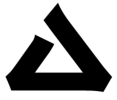





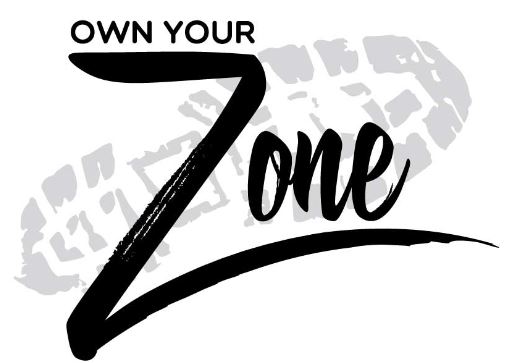
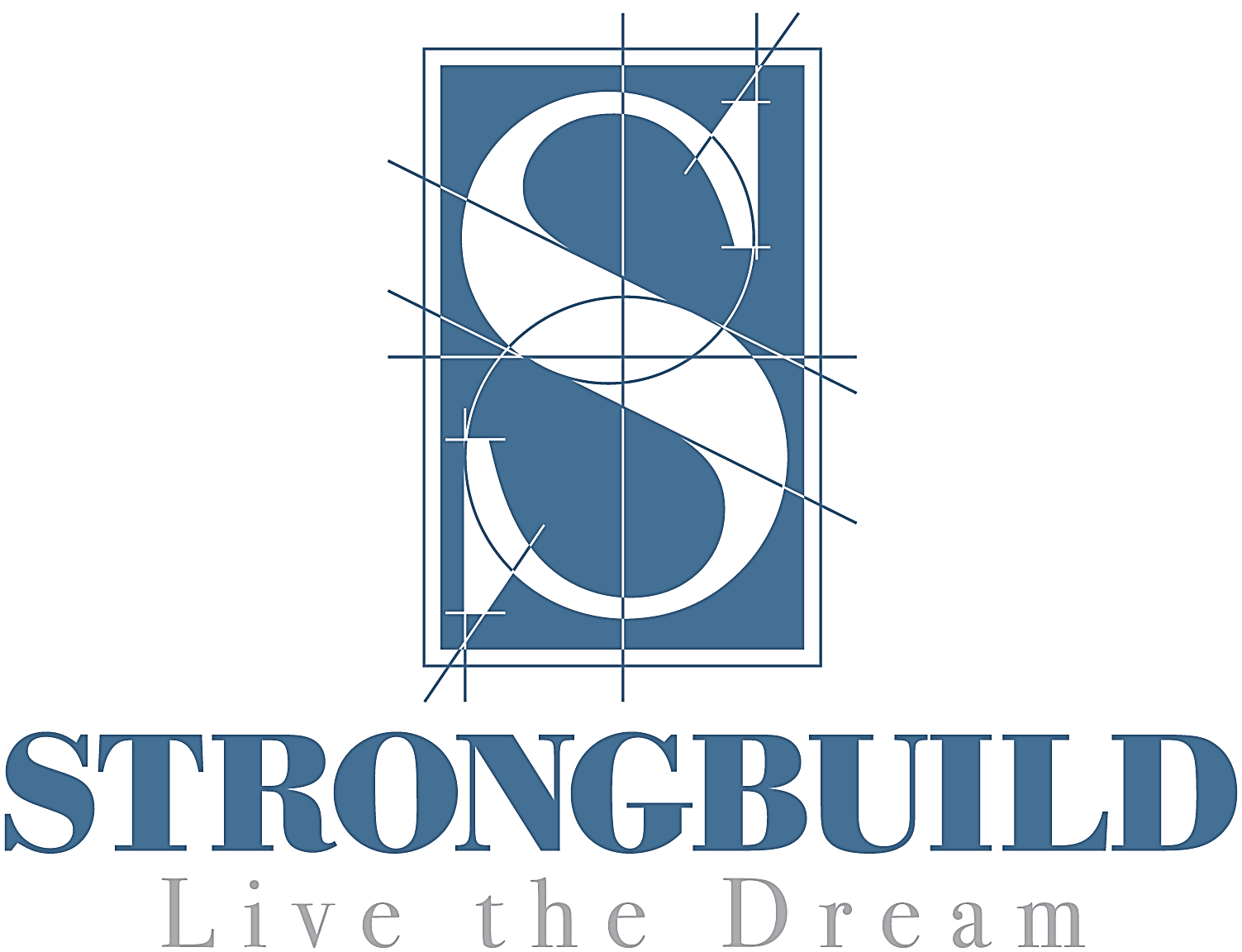
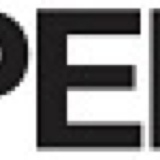
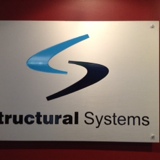
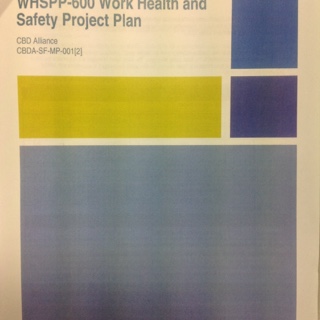
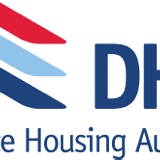
![[DRAFTING TEMPLATE] SAFE WORK METHOD STATEMENT (SWMS) [DRAFTING TEMPLATE] SAFE WORK METHOD STATEMENT (SWMS)](/media/d3dd3e34-0608-4ab7-a82e-b3cfae18d26e)
